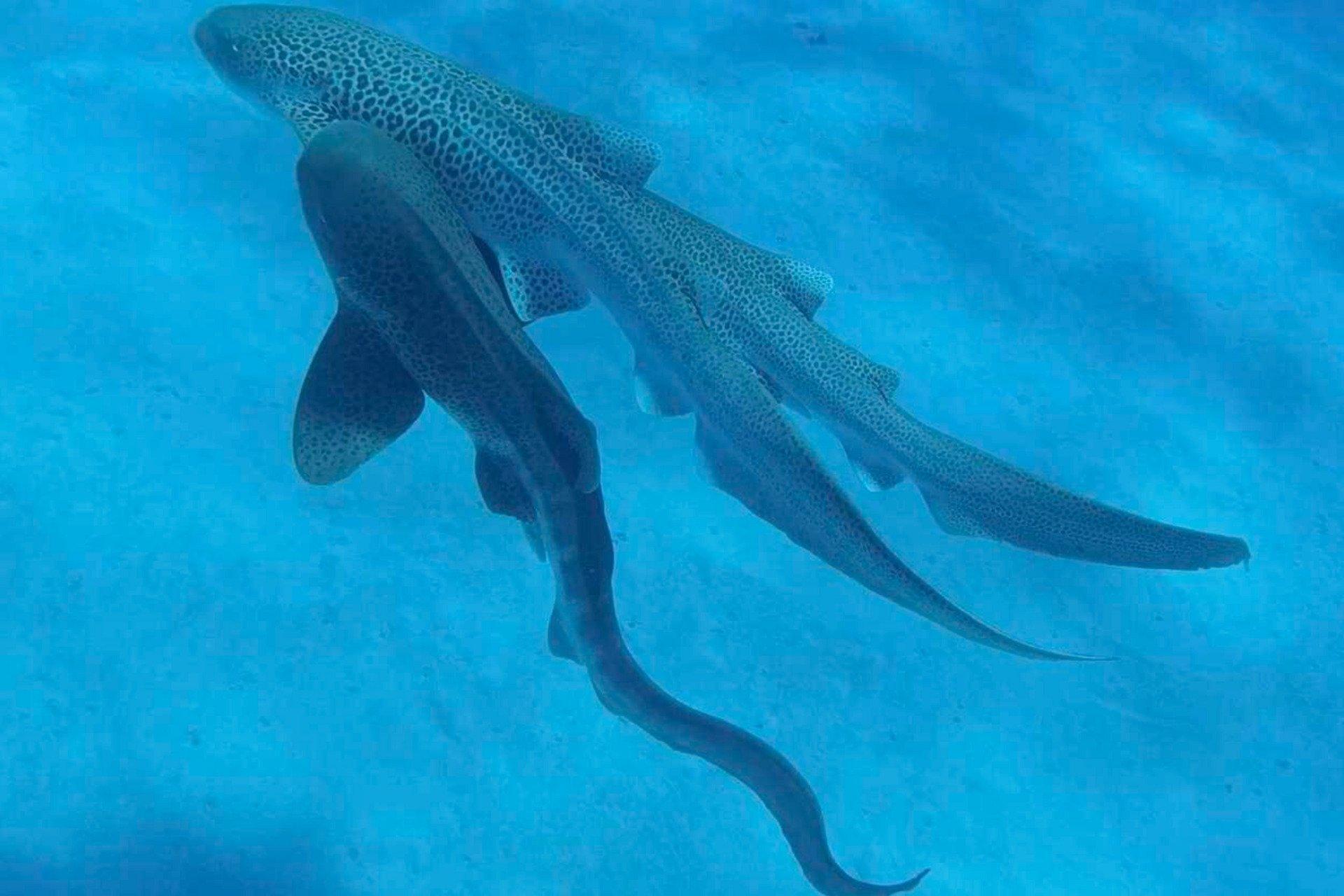Understanding Leopard Shark Mating Habits

The Importance of Leopard Shark Mating
Leopard sharks (Triakis semifasciata) are a vital species within many coastal ecosystems, primarily found along the Pacific coasts of the United States and Mexico. Understanding their mating behaviours is crucial for conservation efforts and maintaining the balance of marine environments.
Mating Season and Rituals
Leopard sharks generally mate from late spring to early autumn. During this season, males are known to court females, engaging in behaviours such as biting the female’s fin and exhibiting a display of swimming patterns that highlights their agility and strength. These courtship rituals are essential in establishing dominance and ensuring successful mating.
Gestation and Birth
After mating, female leopard sharks have a gestation period of approximately 10-12 months. Interestingly, they are ovoviviparous, meaning the eggs hatch inside the female’s body and she gives birth to live young. This adaptation provides a more stable environment for the developing embryos, protecting them from predators.
Significance for Marine Ecosystems
The reproductive patterns of leopard sharks are significant for managing their populations, particularly as they play a critical role in the food web. As bottom feeders, adult leopard sharks help control the population of various marine organisms, helping to maintain ecological balance. Understanding their reproduction will aid in effective fishery management and conservation strategies.
Current Research and Conservation Efforts
Recent studies have focused on the impact of environmental changes on leopard shark mating and reproduction. Factors such as ocean temperature, pollution, and habitat degradation threaten their populations. Conservation initiatives are underway, with some regions imposing restrictions on fishing during the mating season to allow for healthier breeding populations.
Conclusion
The mating behaviours of leopard sharks are a key area of interest that not only highlights the complexities of marine life but also underscores the need for ongoing conservation efforts. As scientists continue to explore this fascinating species, it becomes increasingly evident that protecting their habitats and understanding their reproductive strategies is vital for the resilience of marine ecosystems. This research not only aids in the survival of leopard sharks but also has broader implications for the health of our oceans.
